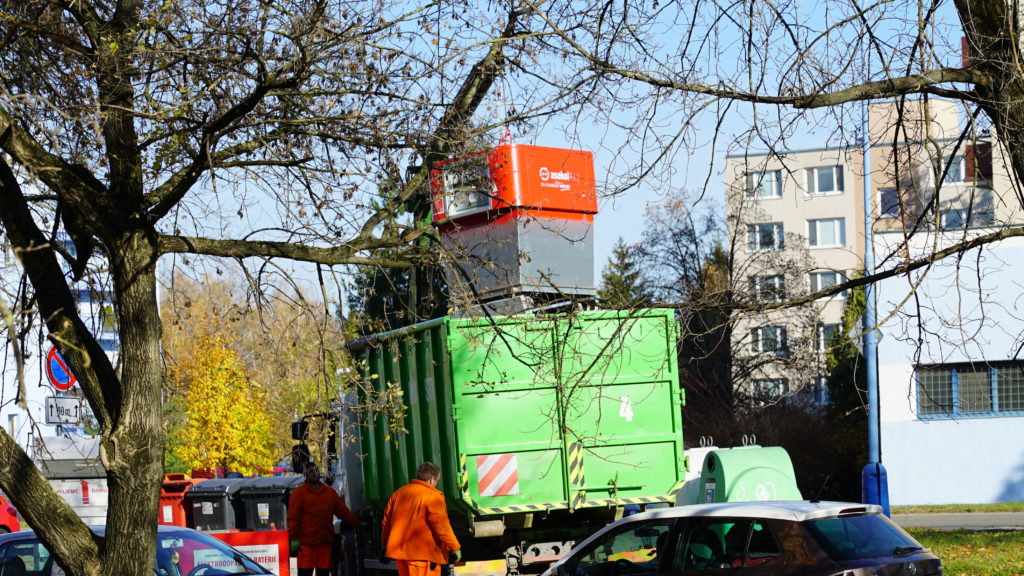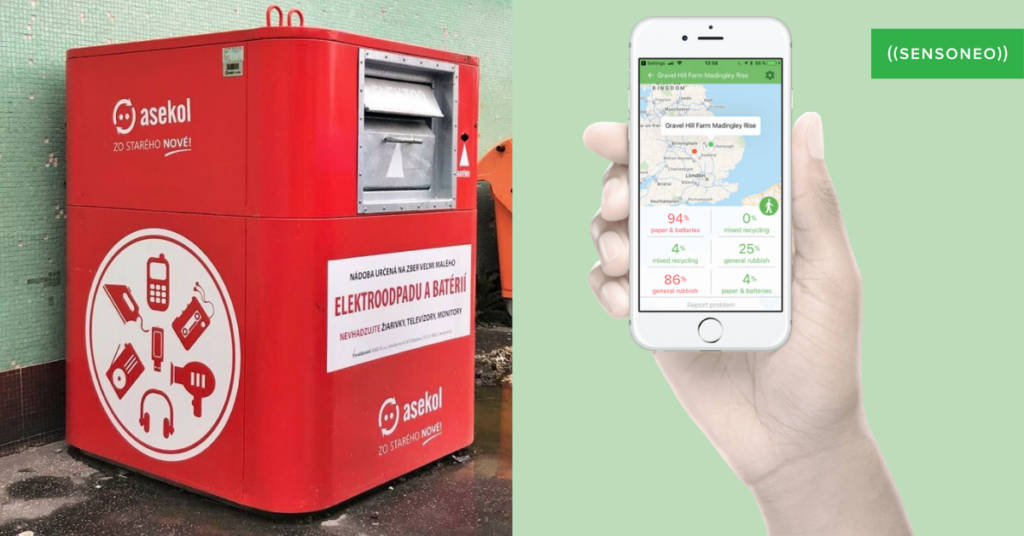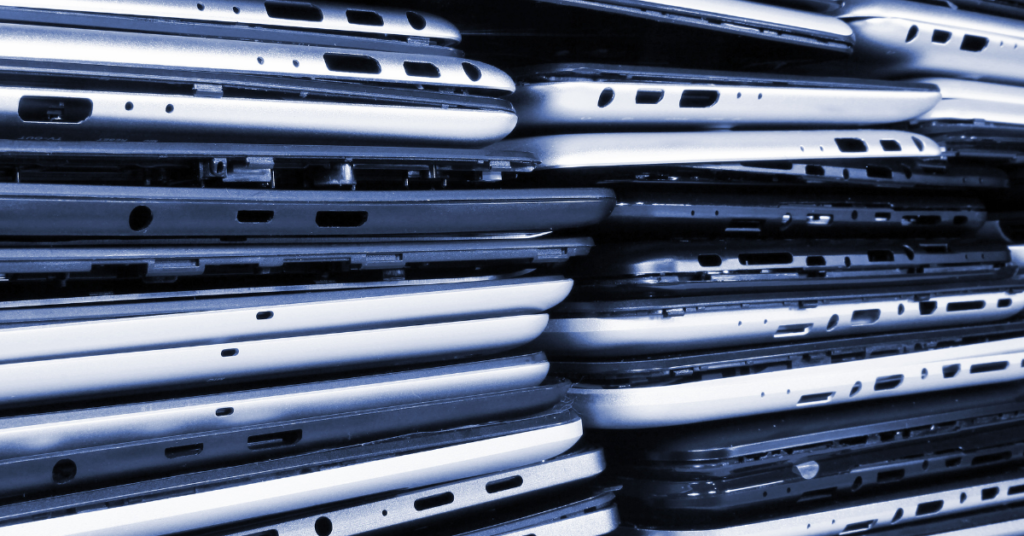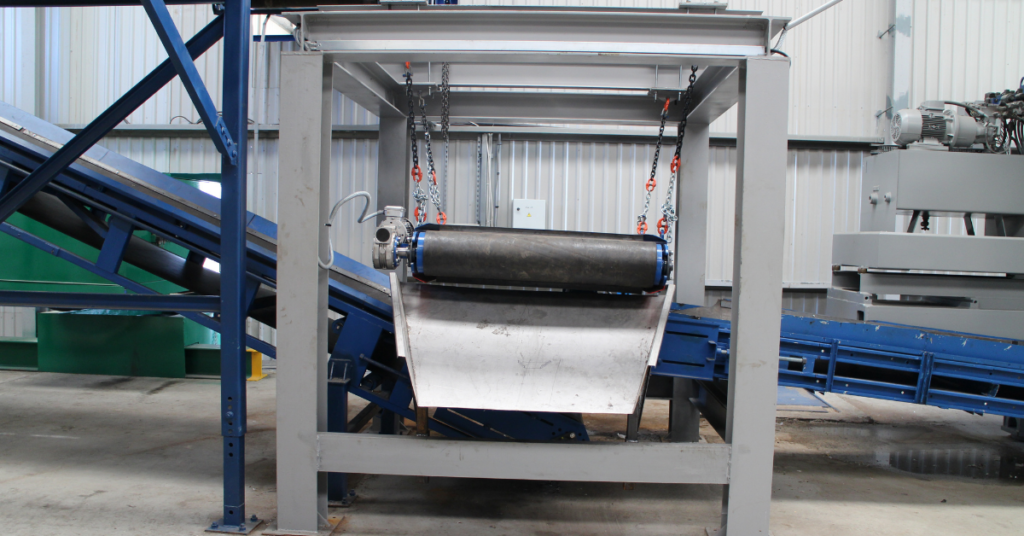For a variety of reasons, e-waste recycling is a critical global concern. It has a significant impact on our immediate surroundings as people and life on Earth in general. For illustration, USA generated 6.92 million tons of e-waste in 2019 and recycled only 15% of the material. On the other hand, WEEE even promises substantial economic benefits to individuals, regions, and nations.
Many people have started to take advantage of the plethora of e-waste recycling opportunities. Entrepreneurs in impoverished countries use e-recycling as a reliable business stream while also achieving environmental aims.

Even though the methods are time-consuming, they are simple to follow. There are various processes involved, from gathering and separating to preparing for sale, that you may flow with. Of course, you can gain directly from e-waste recycling while simultaneously helping to conserve the environment. Here is the short overview of different e-waste recycling methods:
1. Collection
Collecting electronic items via recycling bins, take-back programs, collection locations, or on-demand collection services is the first step in the e-waste recycling process. After that, the mixed e-waste is sent to specialist electronics recyclers.
At this step, best practice demands that e-waste is divided by kind, so many collection sites will still have multiple bins and boxes for different things. This is especially critical for e-waste, including batteries, which require extra handling and can cause significant damage if mixed with other rubbish.
Sensoneo is currently monitoring more than 1300 e-waste containers by company ASEKOL. Thanks to ultrasonic bin sensors, data about the fill-level capacity of the bins can be monitored remotely. Sensoneo’s Citizen App enables to citizens to see the nearest available empty bin in the map and discover the shortest route to get there or report any issues by providing feedback about the bin.

2. Storage
While secure storage may not appear to be a priority, it can benefit. The glass screens in Cathode Ray Tube (CRT) TVs and monitors, for example, are heavily polluted with lead. Previously, they were recycled into new computer screens, but as new technology advances and demand for CRT products declines, much of this glass is now merely stored indefinitely.

3. Sorting, dismantling, and shredding by hand
E-waste then passes through a manual sorting stage, in which various things (such as batteries and lights) are eliminated for further processing. Some items may be manually disassembled for components, reuse, or material recovery elements.
WEEE is next shredded into little bits, allowing for accurate material sorting, an essential process element. Most electronics are made up of various materials, so breaking them down into pieces as small as a few centimeters allows them to be mechanically separated.
4. Separation by mechanical means
The mechanical separation of various materials comprises multiple operations carried out one after another. Magnetic separation & water separation are the two most important phases.
Separation by magnetism
The crushed e-waste is fed through a massive magnet, which can separate ferrous metals like steel and iron from the rest of the garbage. Furthermore, an eddy current can be employed to separate the nonferrous metals. These materials can subsequently be diverted to smelting plants that specialize in recycling. Other materials, including metal-embedded polymers or circuit boards, are separated.

Separation by water
Water is being used by the recyclers to separate the components in a solid waste stream that today consists primarily of plastic and glass, purifying for the segregation of different polymers and hand-sorting visible impurities.
5. Recovery
The materials are now sorted and ready to be sold or reused. For some materials, including plastic and steel, this entails transferring to a different recycling stream. Others are processed on-site and sold alongside useable components that have been sorted early on.
References:
conserve-energy-future.com, rts.com, iberdrola.com, roadrunnerwm.com, awe.gov.au, earth911.com

